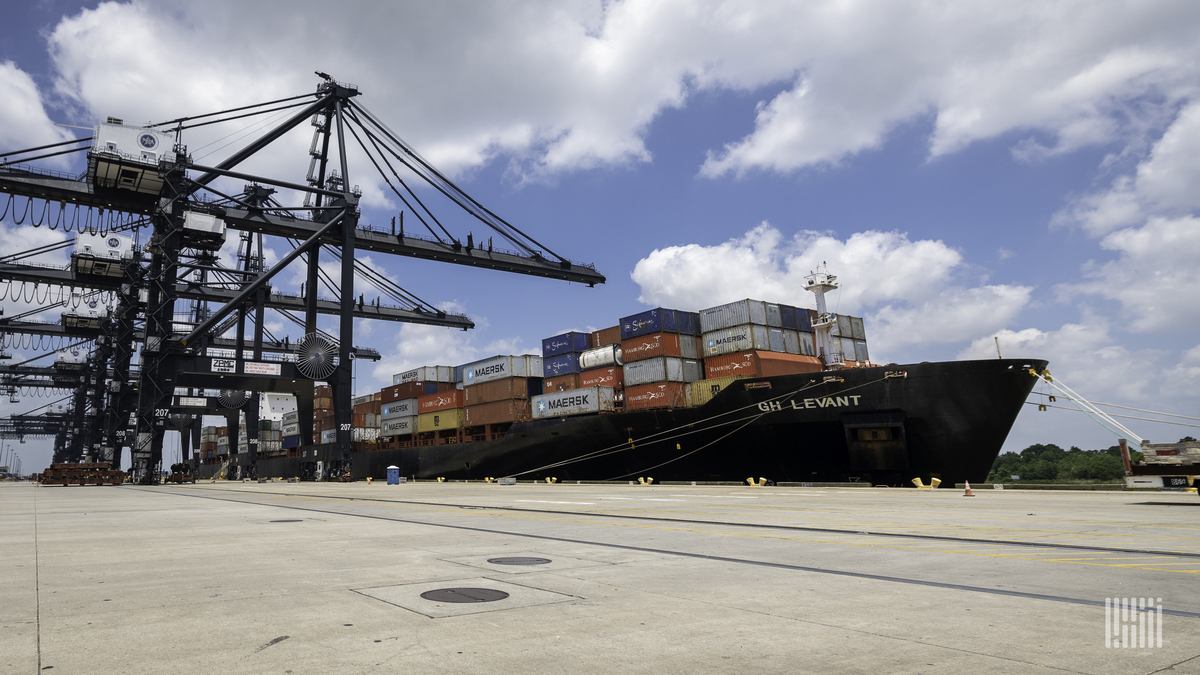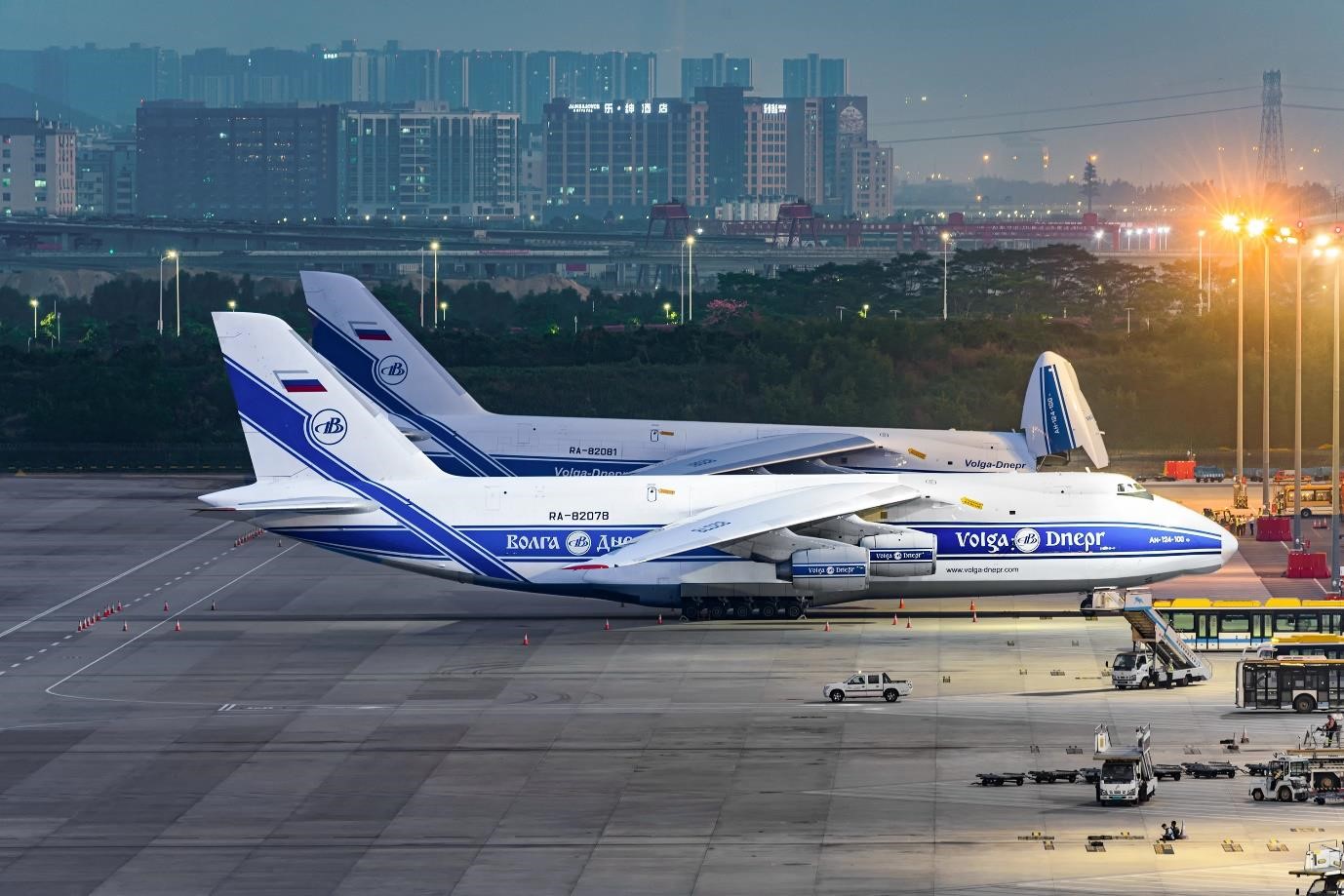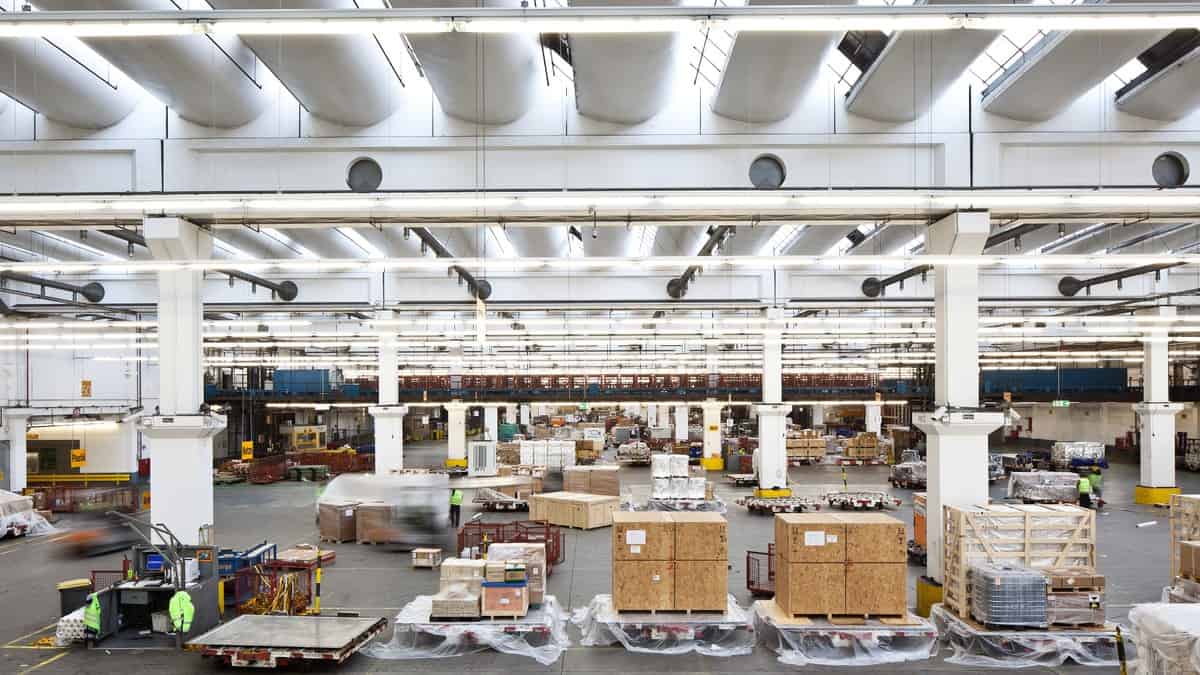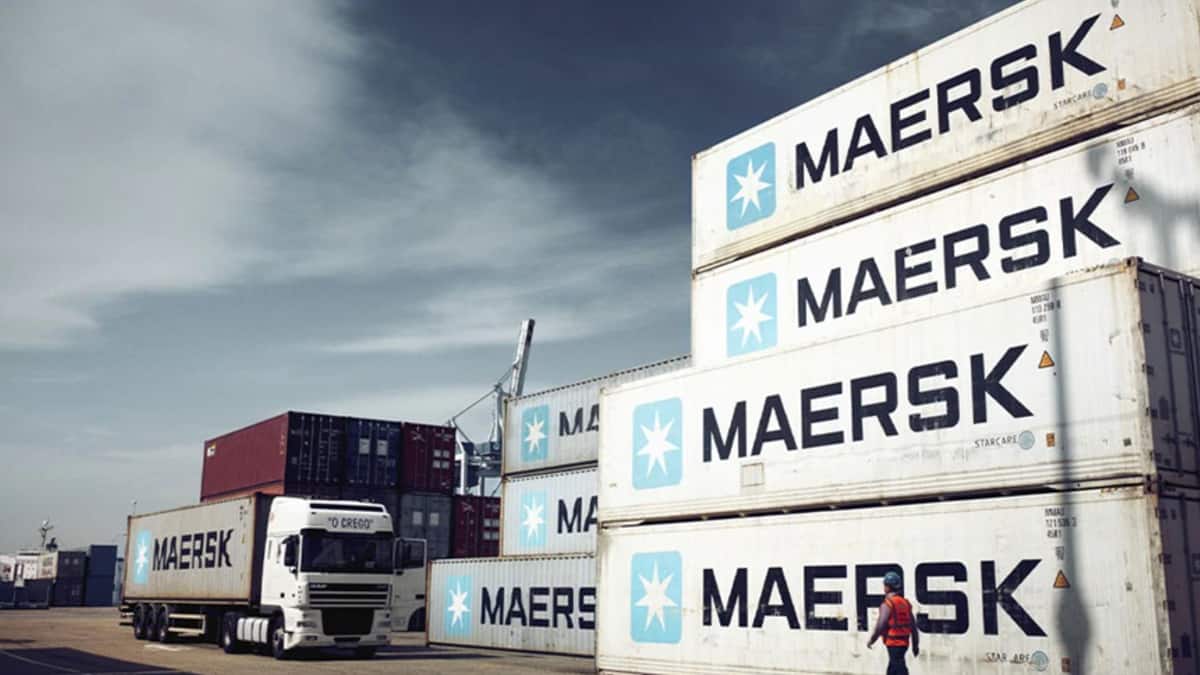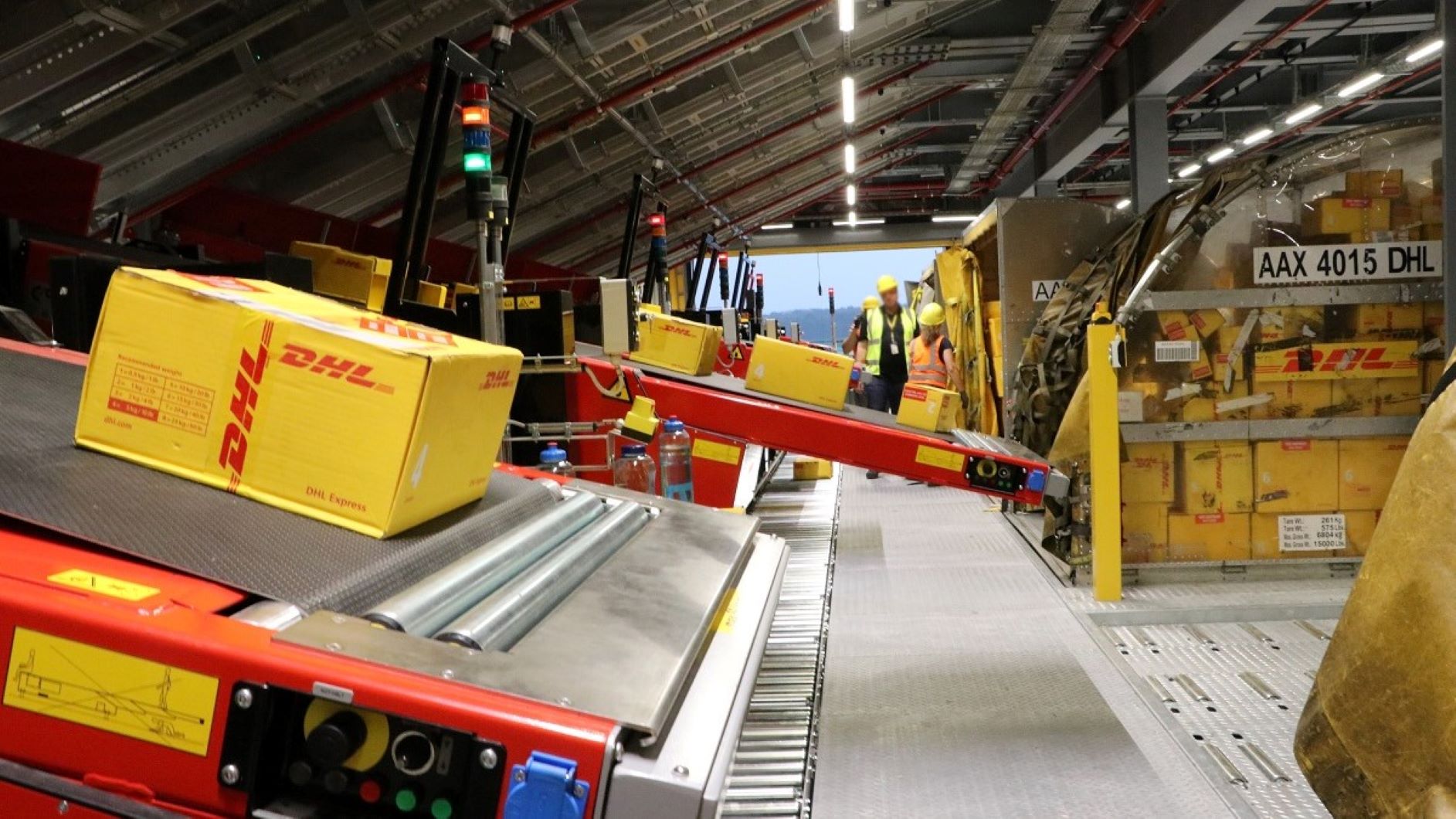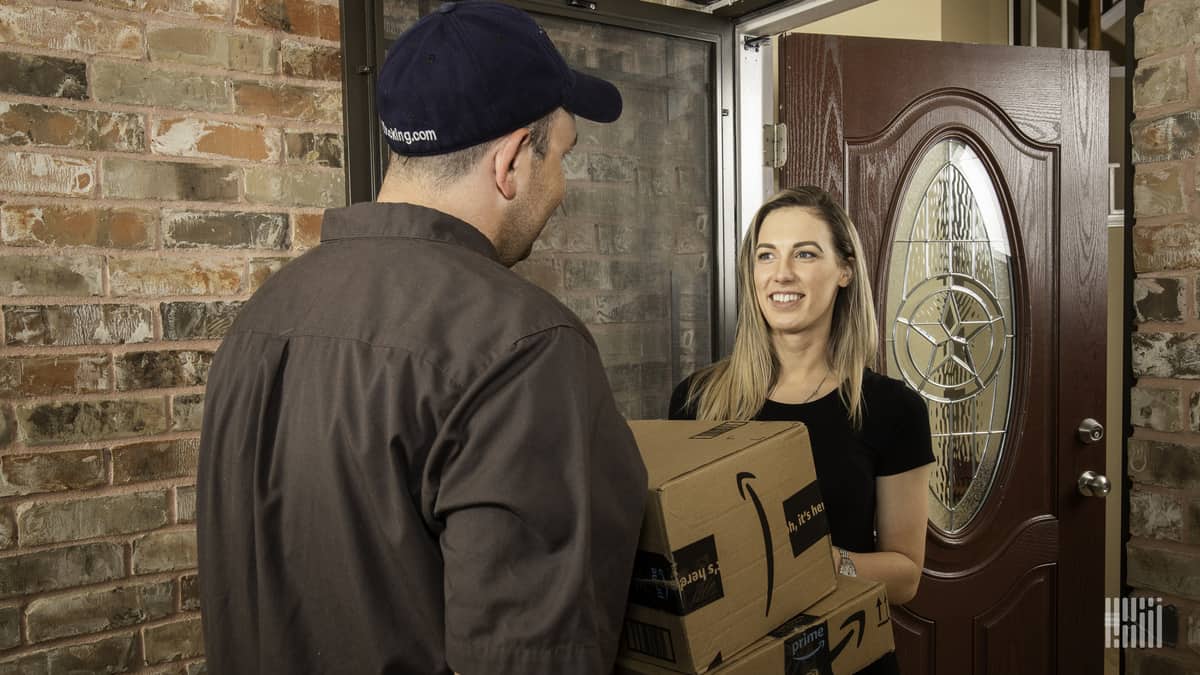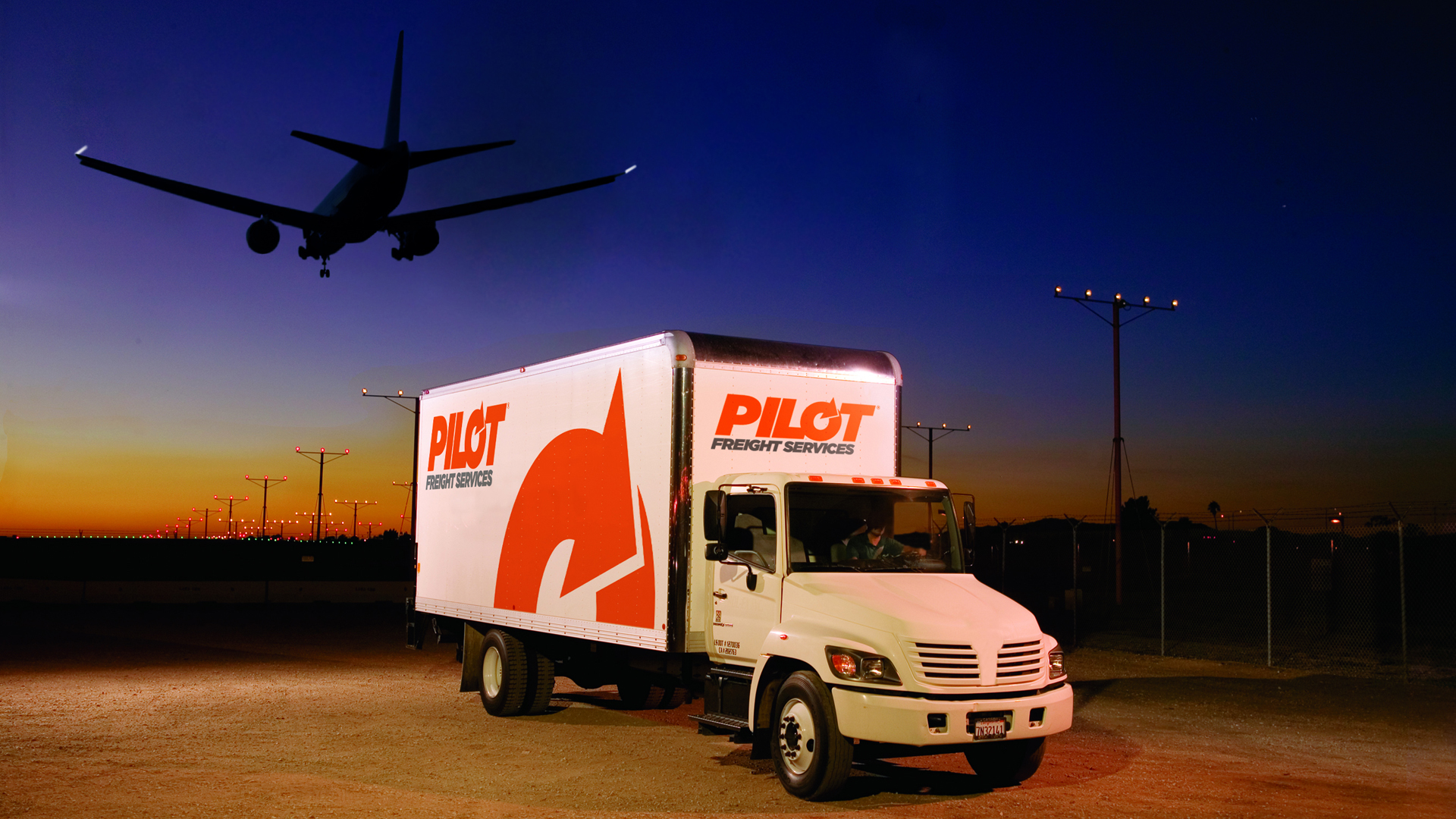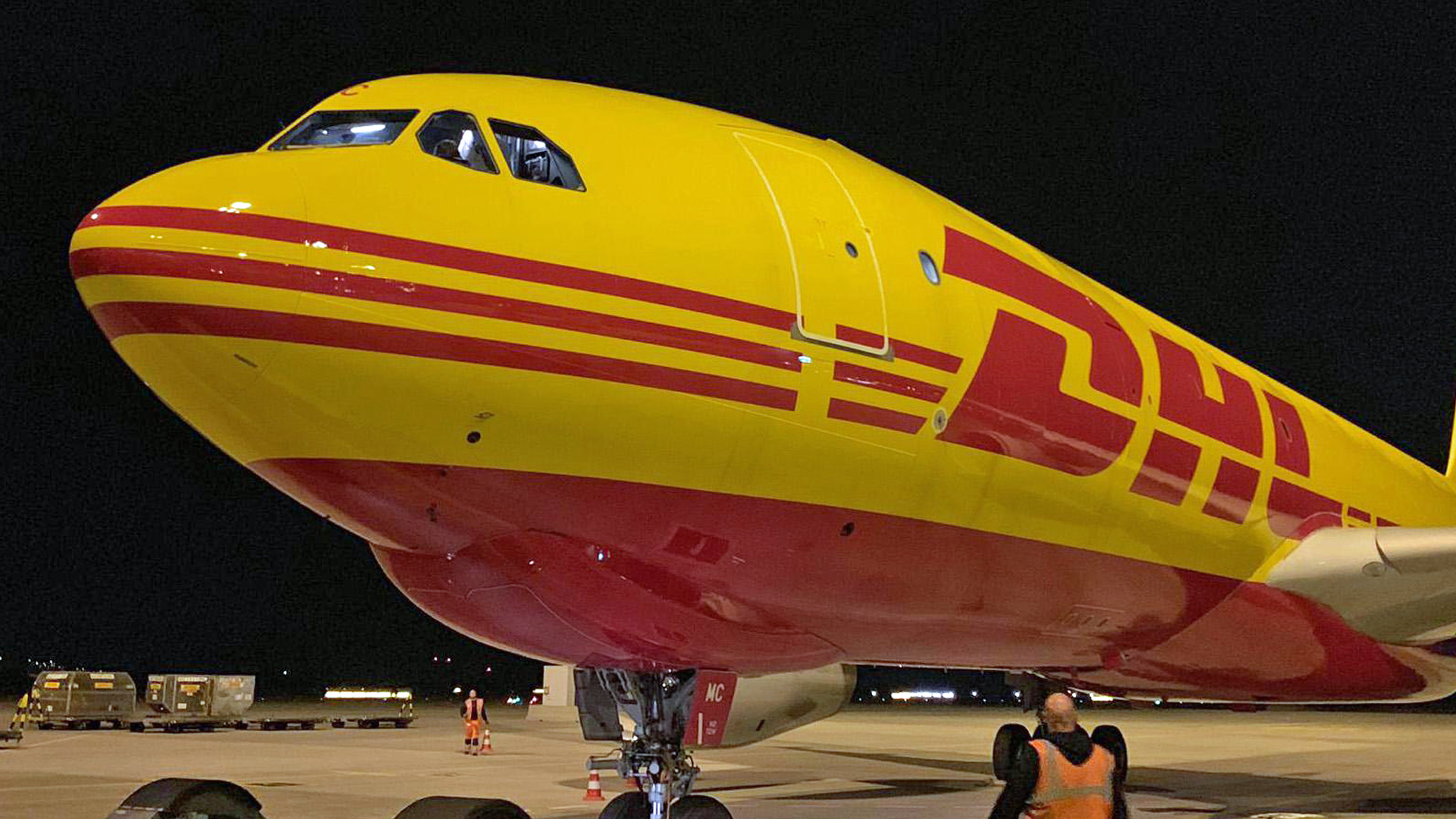
The views expressed here are solely those of the author and do not necessarily represent the views of FreightWaves or its affiliates.
Attention all logistics and supply chain professionals – it’s time to keep a laser focus on recovery. We’ve all been put to the test by COVID-19 – particularly in our supply chains. My hat is off to those of you who successfully navigated the unforeseen changes in demand and had the flexibility to rebound.
And for those of you operating with manual processes and limited visibility into your operations, I feel your pain.
It’s not easy to respond to market changes when you’re blinded by the weak points – especially those producing personal protective equipment (PPE) supplies and medical equipment. This crisis is a big wake-up call for all of us. It’s also time to have full visibility into every aspect of our operations.
(Photo: Jim Allen/FreightWaves)
Where do your breakdowns occur?
It’s time to collaborate across all your teams and conduct a deep dive into your business. Remember, every department involved in your operation plays an essential part moving forward. Logistics and supply chain professionals should take a hard look at what actually broke down during the crisis.
Questions you should ask yourself:
- Was it that raw materials were not available for your vendors and factories?
- Did your vendors and factories need to shut down?
- How was transportation and distribution affected?
- What about visibility for your team/supply chain partners, working mostly from home?
- Did your demand and supply chain planning need your team to make quick changes?
- How was the overall communication within your teams and with your supply chain partners?

Take a holistic look at your supply chain and logistics operation
These are just some of the questions you should be asking. Make sure you fully understand each tier of production and the partners you engage with and where they source their raw materials.
For example, certain industries have been suffering under the reinstated U.S. tariffs and began to diversify their vendor portfolios long before COVID-19 hit. They may have moved some, or all production out of China. However, they may have only looked at their Tier 1 partners, only to realize that essential raw materials are still being exported from China to their new production partners in other countries. This may have helped you escape tariffs, but prevented you from having products delivered during the crisis.
Use this knowledge to gather as much real data about your products, materials, and direct and indirect partners as you can. When you analyze your findings, I guarantee your top priorities will reveal themselves. Some of my clients are using this time as an opportunity to score their strengths and weaknesses; and some even apply a rating for overall flexibility.
It’s also a good time to look for additional production partners and raw material suppliers. Many of them are faced with order cancellations under current contracts and welcome new opportunities.

(Photo: Jim Allen/FreightWaves)
Make your supply chain truly resilient
Logistics and supply chain management tends to be 100% cost-driven, focusing on limited partners to gain more efficiency, cut costs and negotiate lower product prices. This philosophy, while cost-conscious, puts all your eggs into one basket. COVID-19 has helped senior management to shift priorities and encourage their operations teams to incorporate risk management, and demand more resilient supply chains.
My advice? First calculate the landed costs for your products from your present operation overseas. Compare this with the landed costs for the same products (domestic or near-shored produced). If these costs are higher, consider moving a percentage of them to increase your supply chain resilience.
In some cases, diversification, risk management and supply chain resilience may actually increase the number of vendors you will manage. It has a price and therefore goes against the natural instinct to design your supply chain to be as lean as possible. However, it pays off in the long run – especially in times of crisis.
The answer? Go digital and leverage technology to unlock the hidden efficiency potential in your organization.
Another important area for supply chain professionals to monitor is the financial risk of their counter-parties. According to Brian Sanders, Senior Research Analyst at CreditRiskMonitor, “Many companies, especially now, have little cash on hand and their collection cycles on receivables are slower. Since companies are dealing with much lower sales and cash flow, they’re having difficulty satisfying their current obligations. Bankruptcies from one industry can negatively impact other industries.”
According to Bain and Company, in an April brief, they claim it’s time to refocus on resilience. In just one example, they say that advanced analytics can improve supply forecast accuracy by 20% to 60%.
At Setlog we do this analysis with every client. Too often data is scattered throughout the organization – on paper, some electronically, and mostly, in the heads (anecdotal information) of select employees. This is a recipe for disaster – even without COVID-19.
According to my colleague Brian Aoaeh, co-founder of The Worldwide Supply Chain Federation, their members report three things businesses across industries are doing to navigate the crisis:
1. Logistics companies and organizations are taking greater interest in software for digitization, automation and collaboration as they try to stay operational in the face of shelter-in-place and social-distancing regulations. For example, CargoX is providing blockchain document transfer capabilities for a project with the Ministry of Shipping in India focused on digitizing trade documentation.
2. Second, many companies are pursuing discussions with alternative suppliers more seriously. This is especially true where these new suppliers are based in markets that are relatively unaffected by import and export restrictions or other breakdowns in the flow of goods and services.
3. Third, especially in retail, companies are embracing the idea of omnichannel and multichannel sales. The companies that have done okay during the pandemic are those that have been able to quickly move their sales to channels their customers can use during the pandemic.

(Photo: Jim Allen/FreightWaves)
What doesn’t kill you makes you stronger
When a crisis like this happens, everyone suffers – suppliers, buyers, employees, customers, investors and society. I like the saying “don’t let a good crisis go to waste.” There are numerous lessons to be learned here, but mostly, keep an open mind by fixing the weak links of your supply chain and diversify smartly by calculating landed costs.
And, if you haven’t done it already, on-board and leverage technology to gain full visibility into every aspect of your operation. You’ll come out a winner, I promise!

